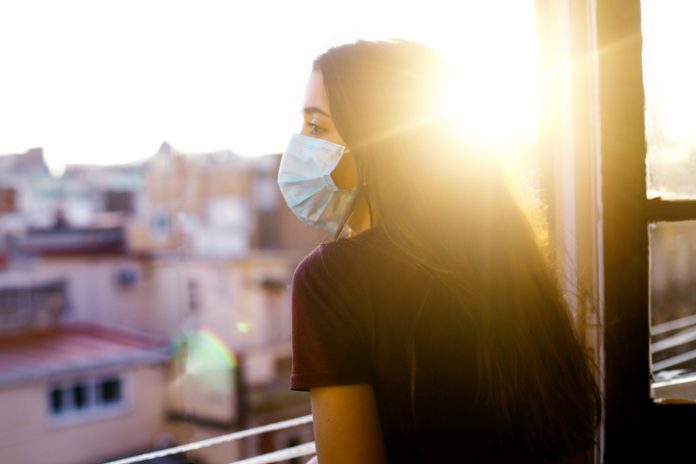An analysis by a University of Chicago economist finds that except during the early stages of the pandemic, people would have been safer to go to their workplace or out in public than to stay home.
The analysis, a working paper published in April by the National Bureau of Economic Research finds that households weren’t exactly safety-bubbles of protection for a variety of reasons. “Micro evidence contradicts the public-health ideal in which households would be places of solitary confinement and zero transmission,” writes author, Casey Mulligan. “Instead the evidence suggests that ‘households show the highest transmission rates’ and that ‘households are high-risk settings for the transmission of COVID-19.’”
Turning Epidemiology on Its Head
Early on in the pandemic, when COVID-19 was considered a mysterious menace, epidemiologists and public health agencies presumed the safest guidance was to tell the public to avoid large crowds and stay home. Mulligan tested this presumption using data from schools, hospitals, any place where mitigation control was in effect.
The protocols had their intended effect: infection rates of COVID-19 in these settings dropped precipitously. The measures, however, chased crowds of people to new settings, namely their homes, where rates of infection did creep up. “When this occurs, the sign of the disease externality from participating in large organizations changes from negative to positive, even while individuals continue to have an incentive to avoid large organizations,” writes Mulligan. “Rational cooperative prevention sometimes results in infectious-disease patterns that are opposite of predictions from classical epidemiology.”
Futility of Chasing a Virus
Lockdown measures got off to a slow start but soon spread across the nation and lasted until the end of 2020. Mulligan said it’s important to look at how the measures impacted behavior from an economic point of view.
“Even though an infectious disease would spread more rapidly in congregations of people who prevent the same way they do in households, the groups may be enough more productive at prevention that the disease spreads more rapidly at home where there are fewer people,” writes Mulligan.
The report cites several examples of how this played out. A well-known study of COVID-19 hospitalizations in New York found that 66 percent of patients became infected while at home. Using sophisticated economic formulas, Mulligan reviews outbreaks in a variety of settings, such as FEDEX pilots, to hair salons and individual households. He then reviewed the various prevention measures large organizations took to protect people, such as universal masking, air filtering, social distancing, and screening people for illness.
Measures impact behavior. Mulligan cites his own University of Chicago which took prevention measures and had relatively low infection rates, but still, students chose to stay home, “even while public health would be enhanced by spending more time in groups with effective prevention controls.”
Internet info:
Casey B. Mulligan, “The Backward Art of Slowing the Spread? Congregation Efficiencies During Covid-19,” National Bureau of Economic Research, April 2021: https://www.nber.org/system/files/working_papers/w28737/w28737.pdf




















